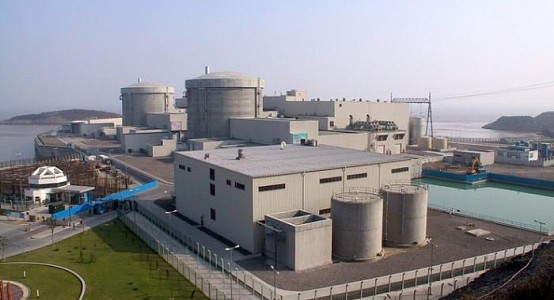Nuclear reactors of third generation start test operation in China

Beijing. Jul 4. Silkroadnews - Two nuclear reactors of the third generation started generating power in China last week, which, according to the experts, shows China’s nuclear power industry has overcome a number of technical difficulties, Global Times wrote.
The Taishan nuclear power plant in Guangdong Province, South China, using AP1000 technology and the Sanmen nuclear power plant in Zhejiang province, East China, where innovative power reactors have been installed, are currently conducting tests to confirm the safety of the reactors before putting them fully into operation adding power to the country’s power grids and energy system.
Although the two reactors were launched later than it was initially planned, China has learned important lessons from their construction process and now has a reference to build additional nuclear power plants, which will accelerate the industry’s development in the country, the agency cited Lin Boqiang, director of the China Center for Energy Economics Research at Xiamen University.
“As the most advanced reactors in the world, Taishan No.1 and Sanmen No.1 reactors are highly secure with optimized installation. Even hit by natural hazards such as an earthquake, they face a very small chance of being damaged,” Lin said.
According to the Chinese Nuclear Energy Association, as of the first quarter of 2018, there were 38 nuclear power units with a total installed capacity of 36.93 million kilowatts in operation in the mainland of China.
Lin also noted, nuclear plants can provide clean energy without air pollution, meeting China’s targets for reducing greenhouse gas emissions.
Despite strong competition from other clean energy sources, such as wind and solar energy, nuclear energy can be less expensive if future plants are created at a lower cost, Lin added.
This year, it is planned to complete five reactors, including ones at Taishan and Sanmen, with a combined installed capacity of six million kilowatts, and get approval for the construction of six to eight new reactors.


